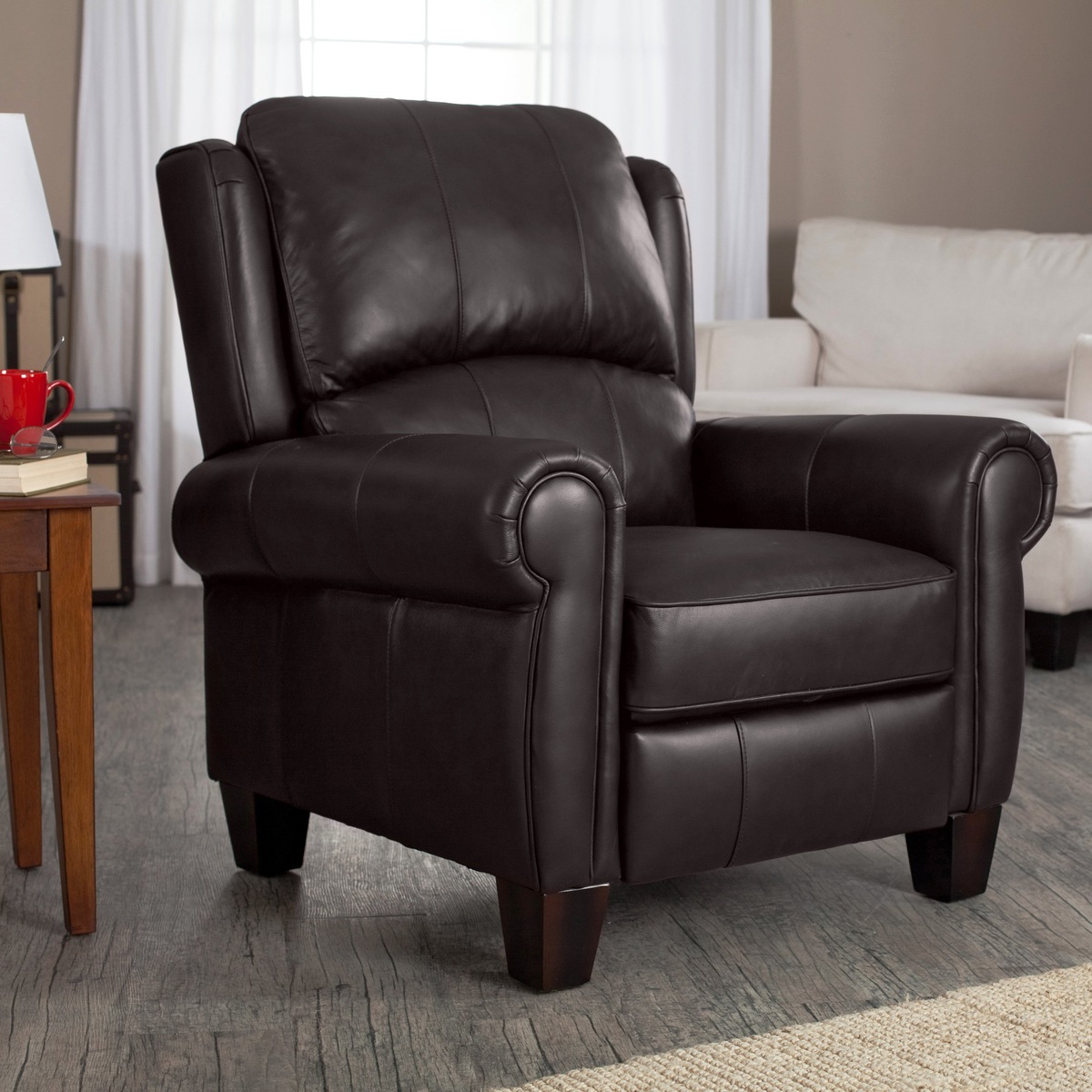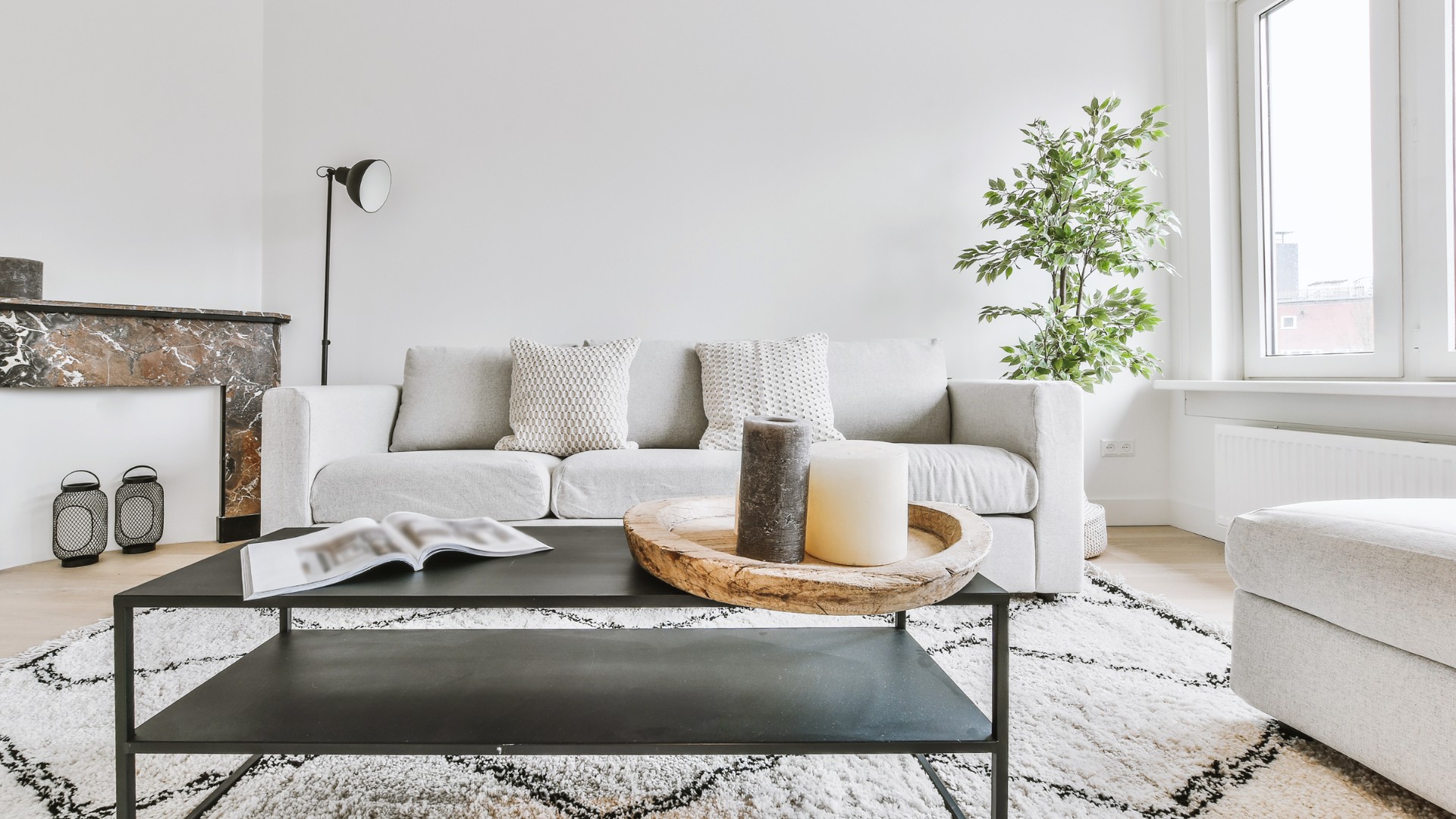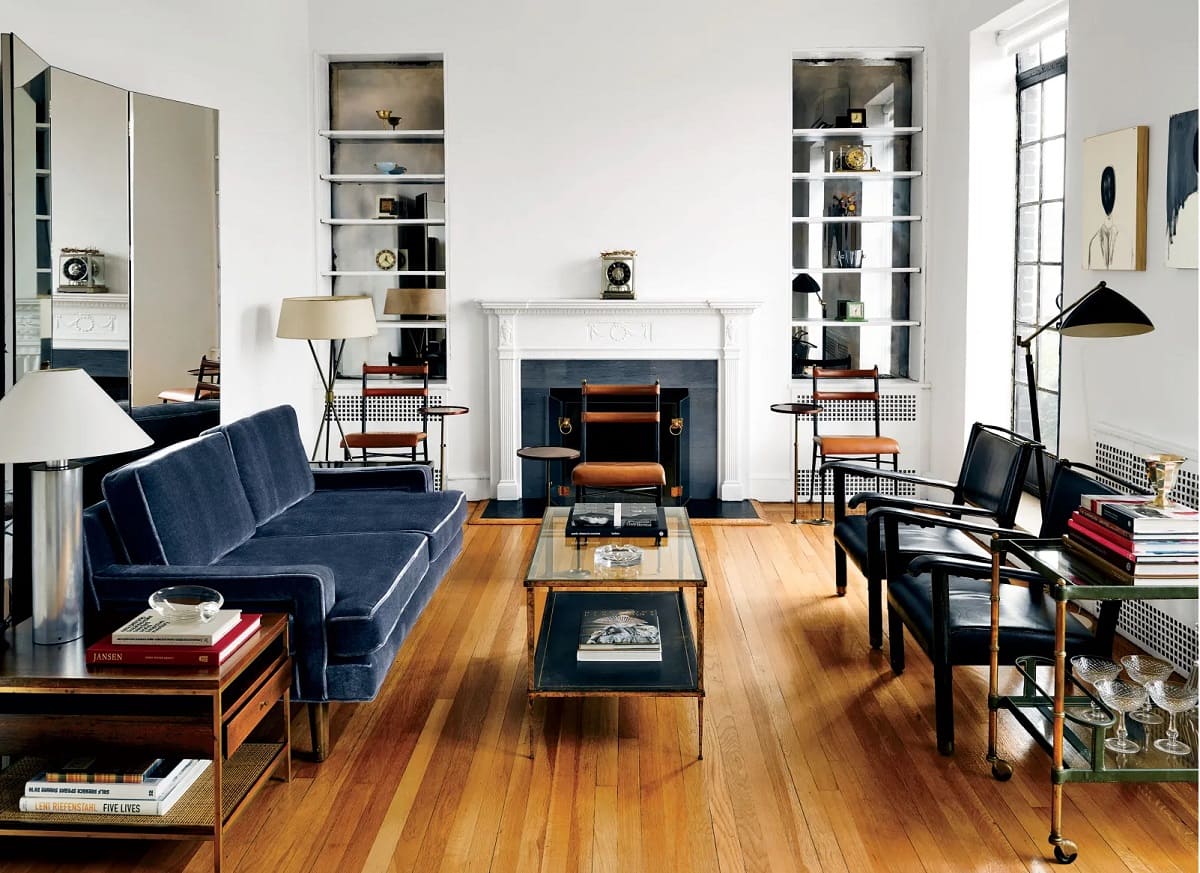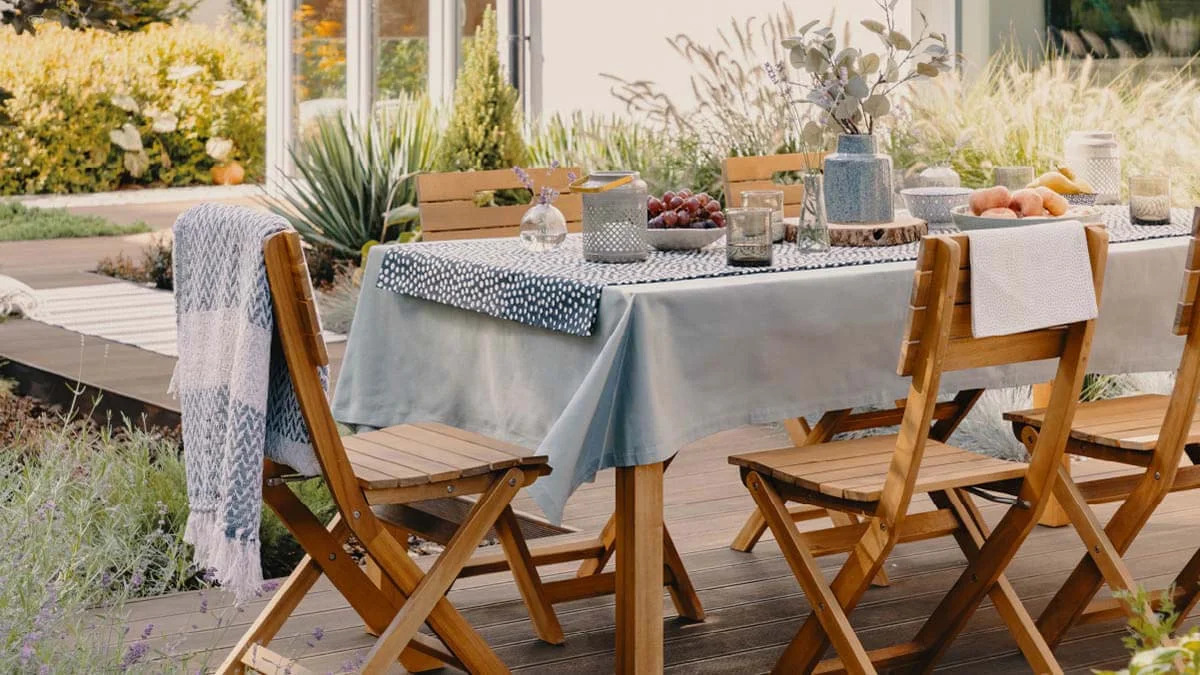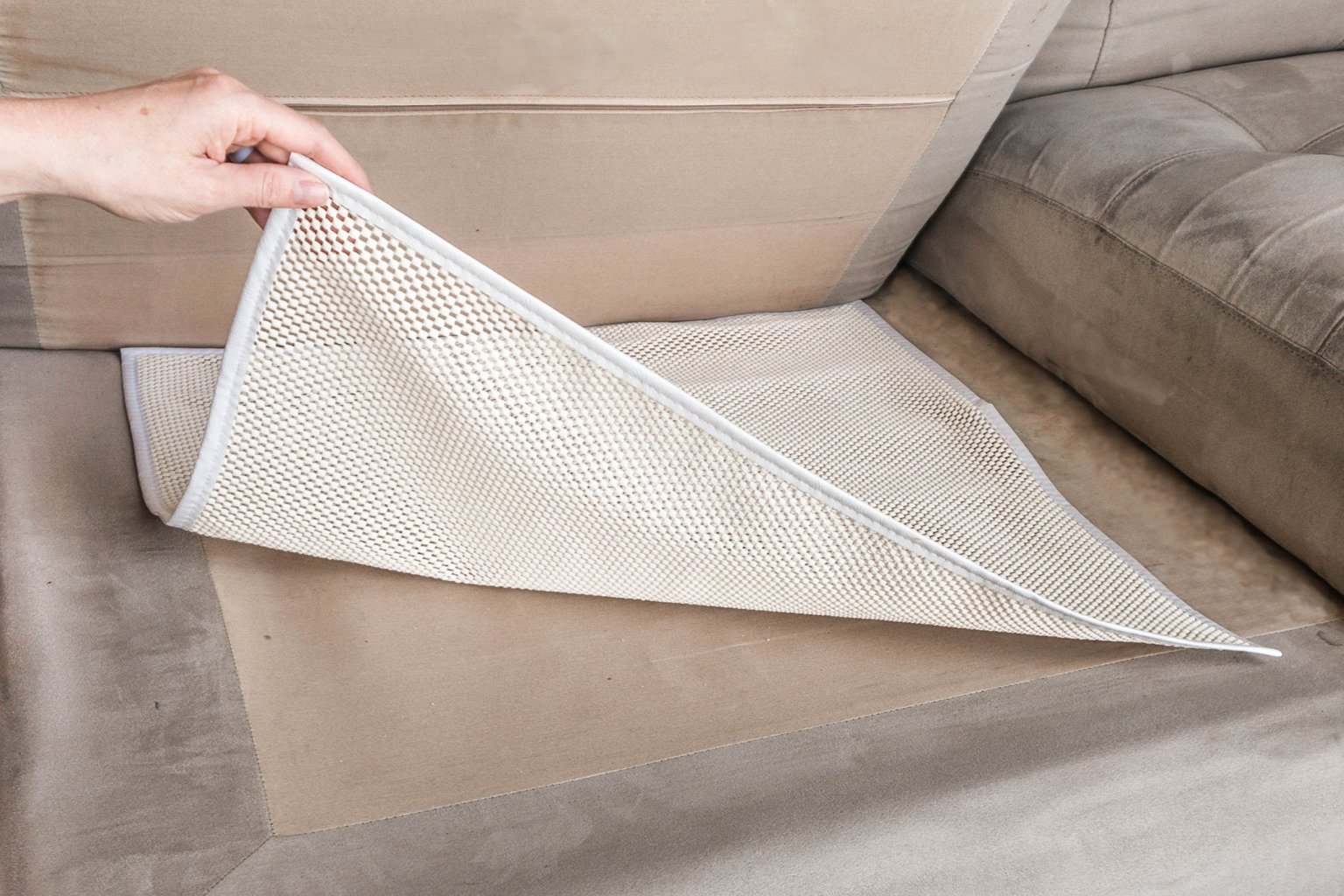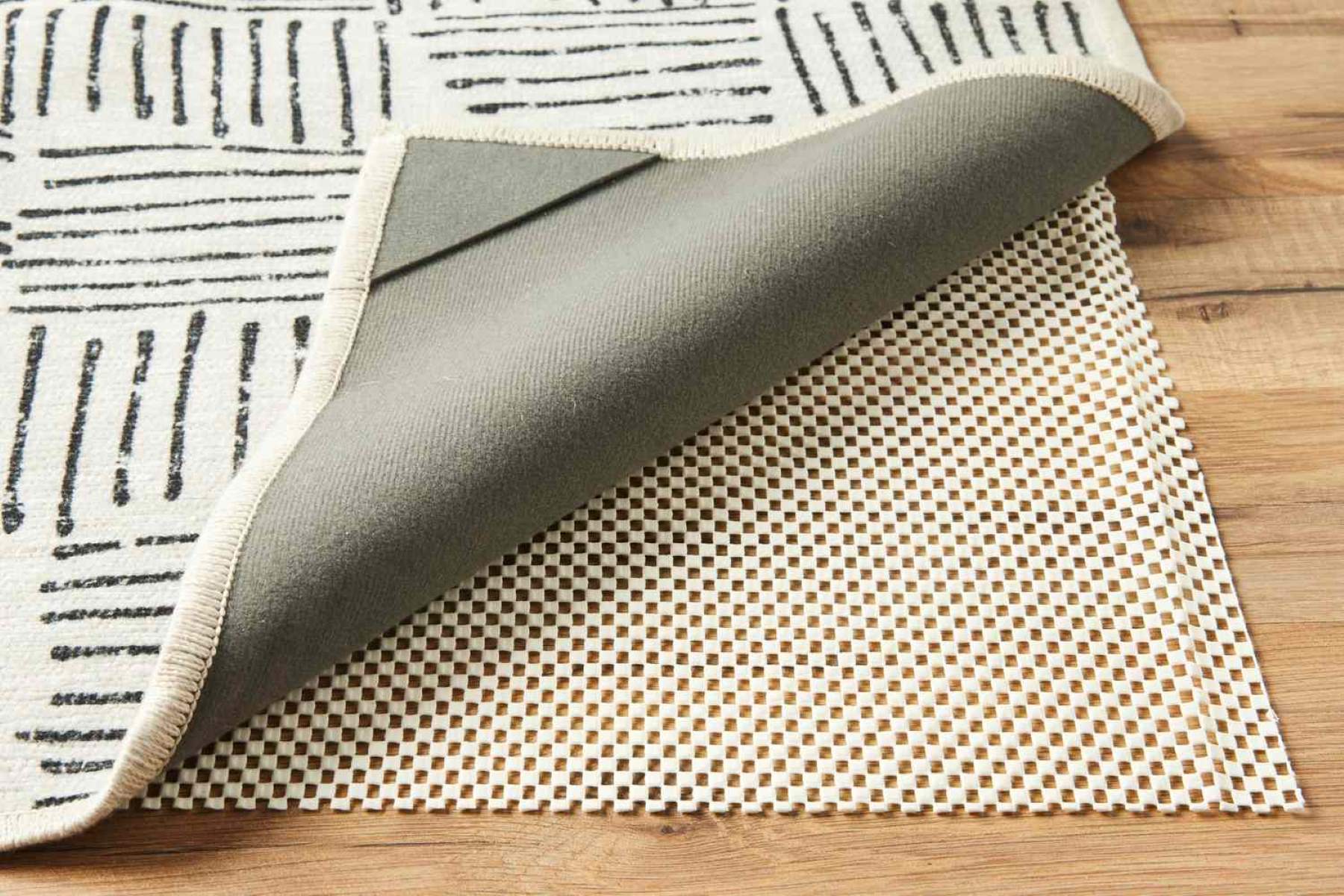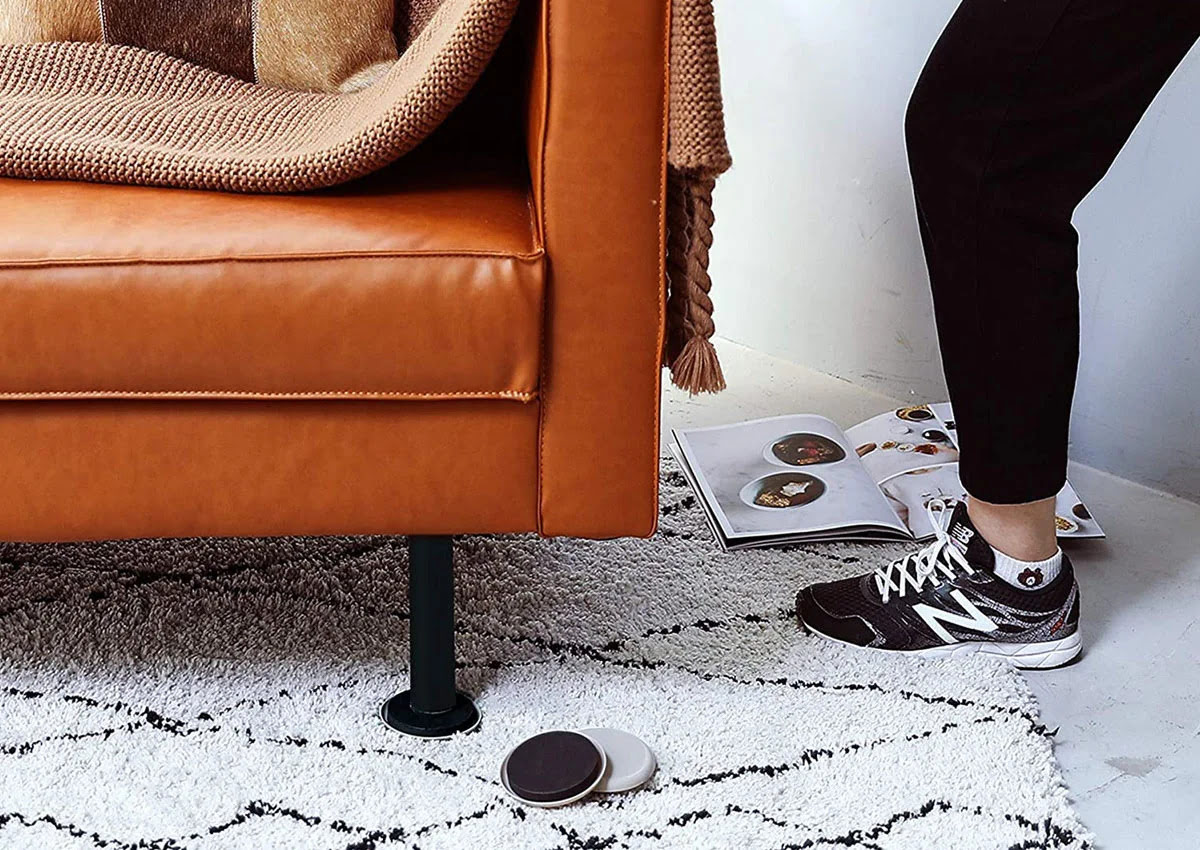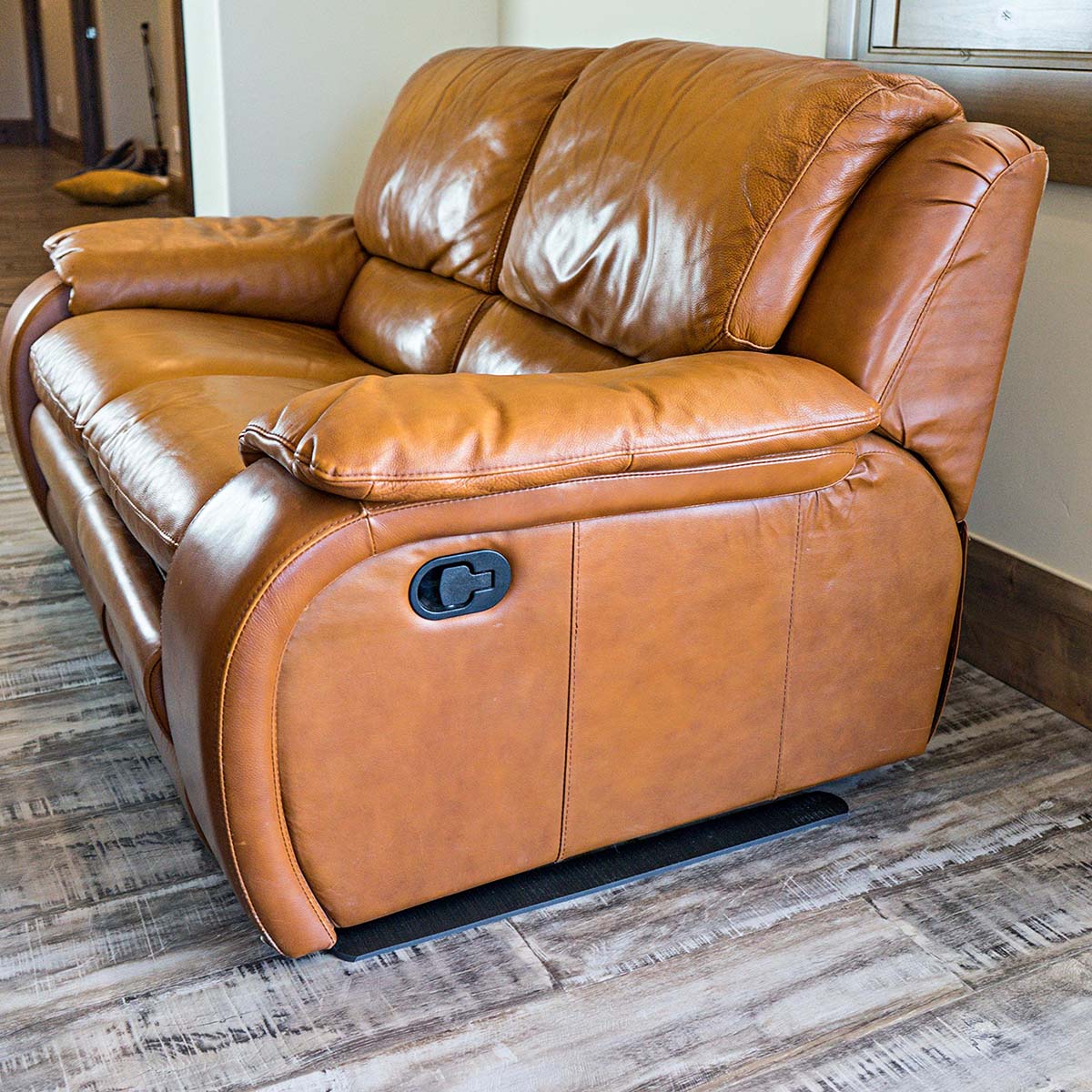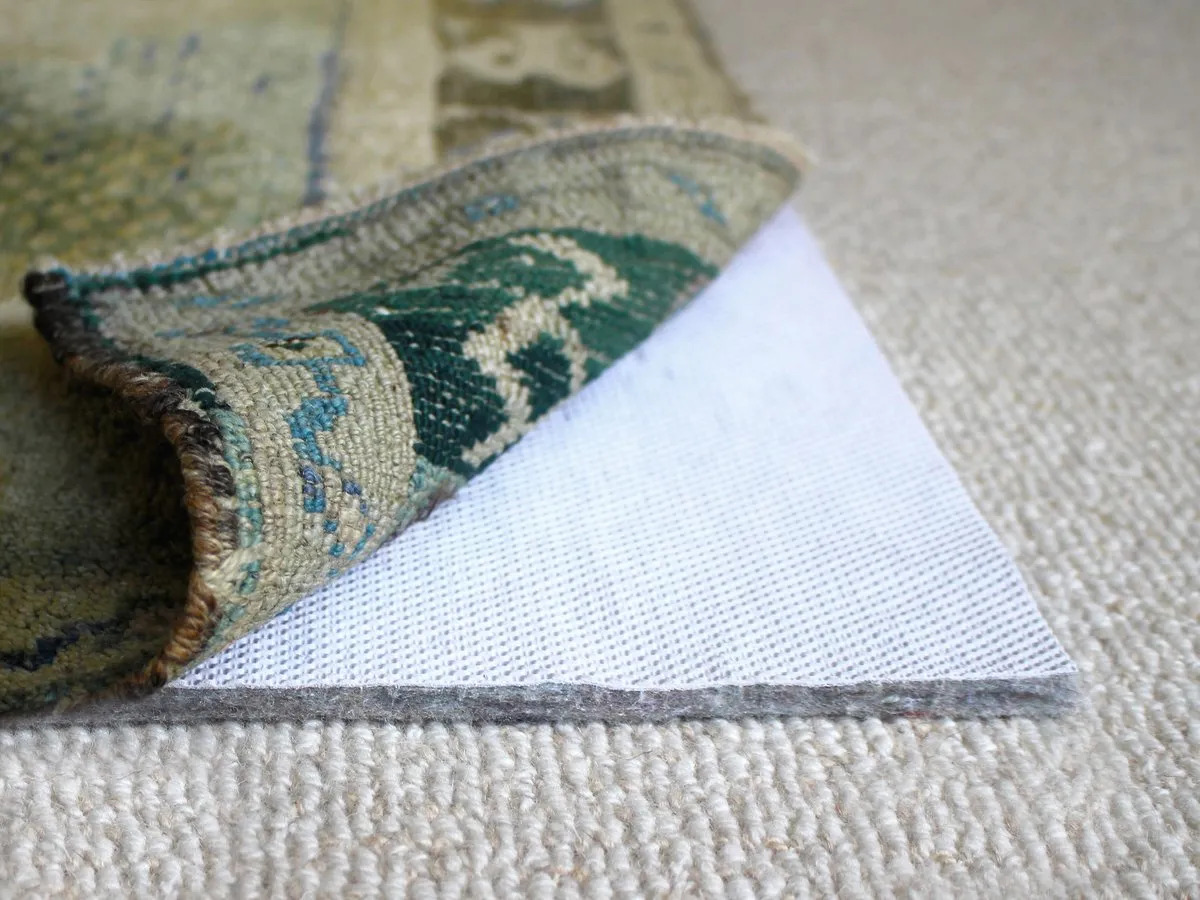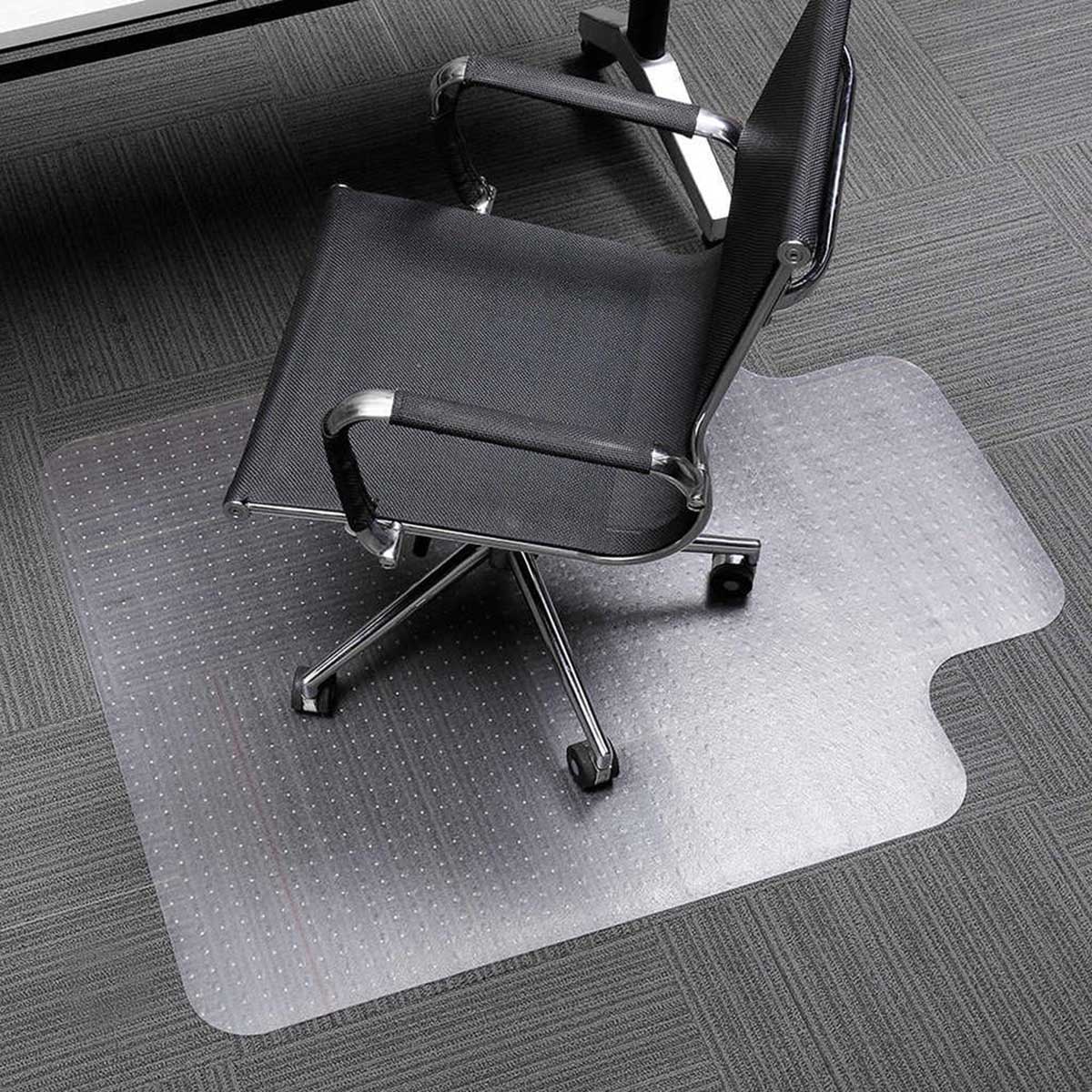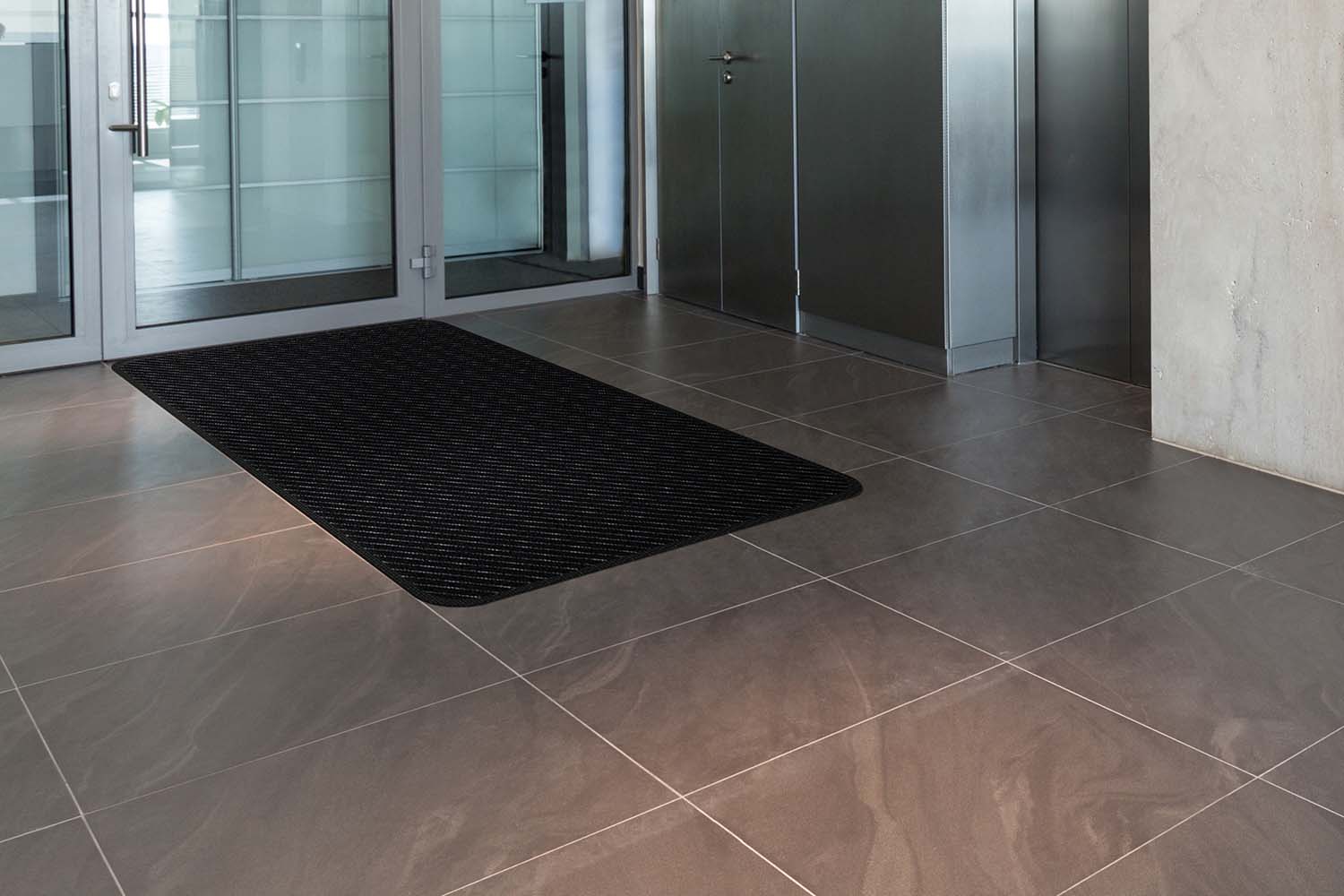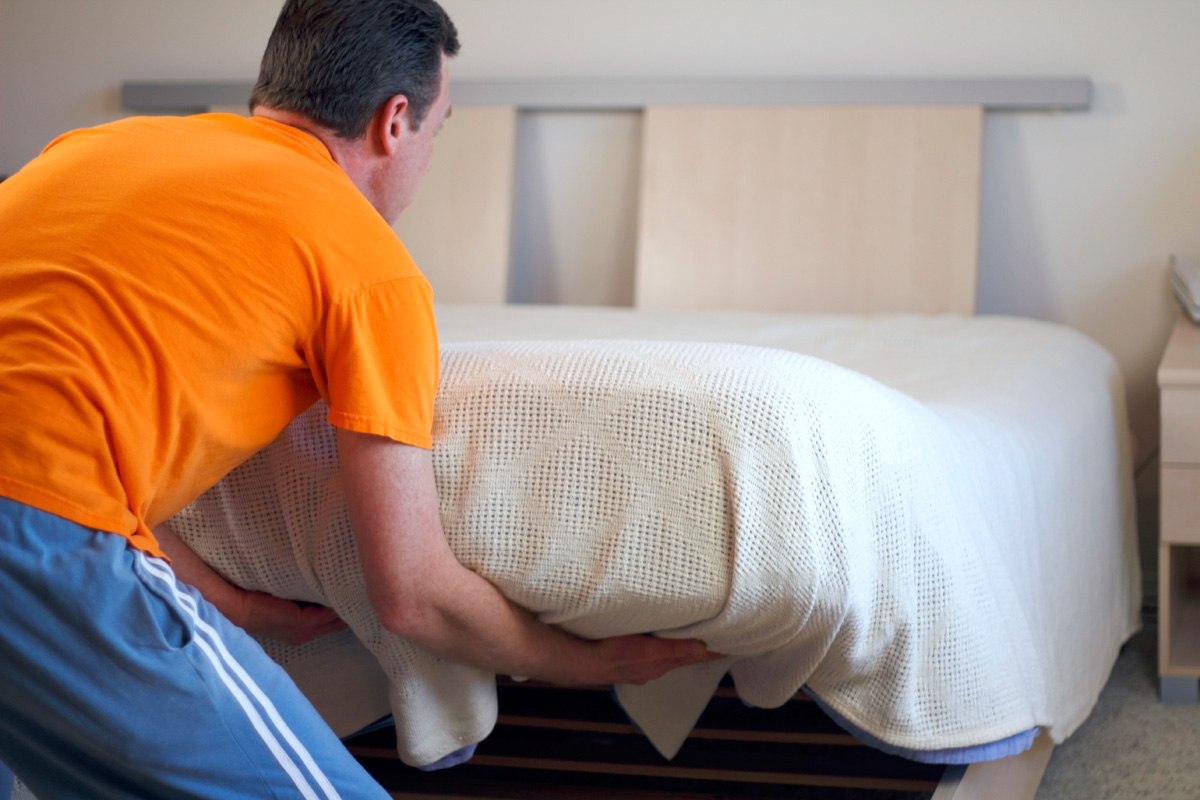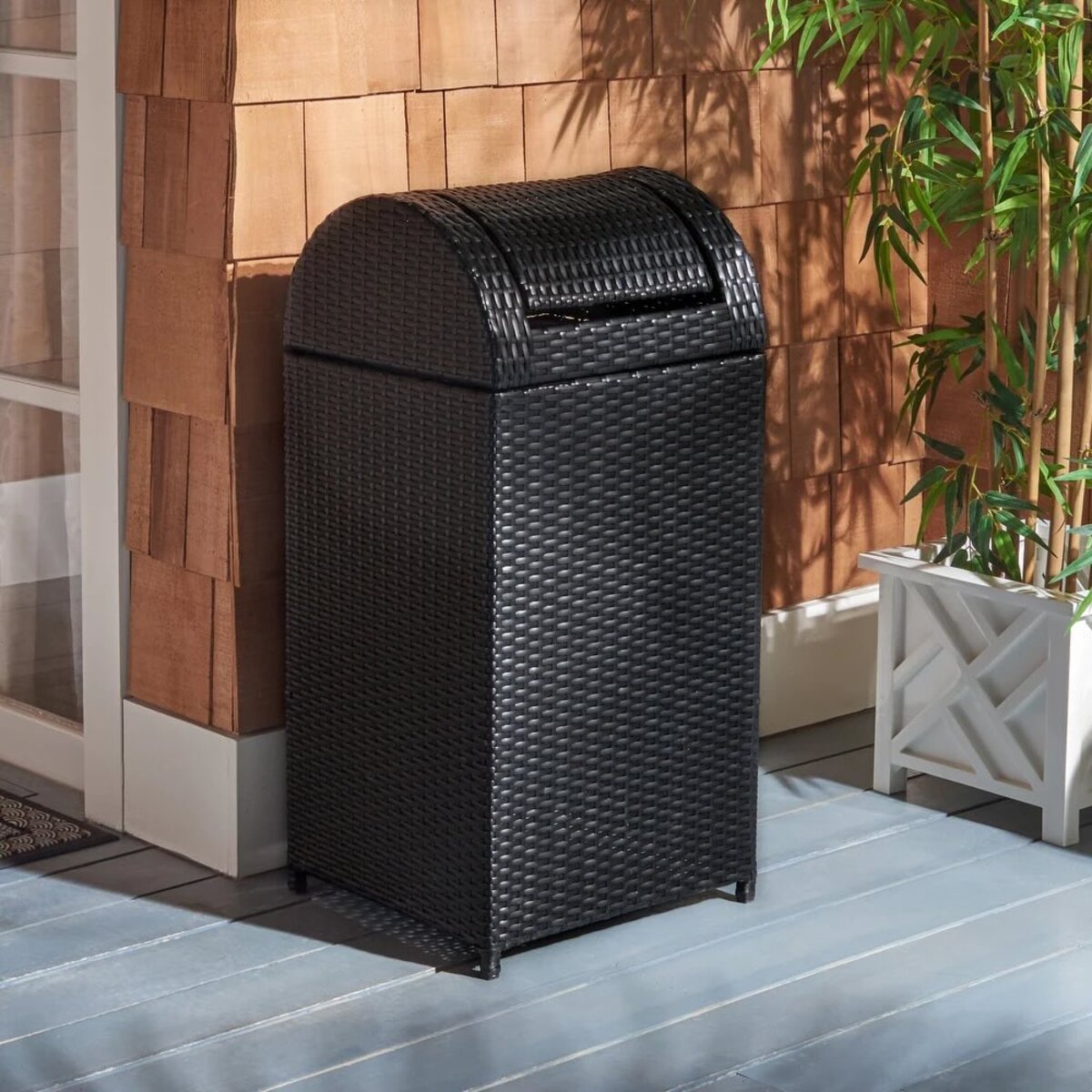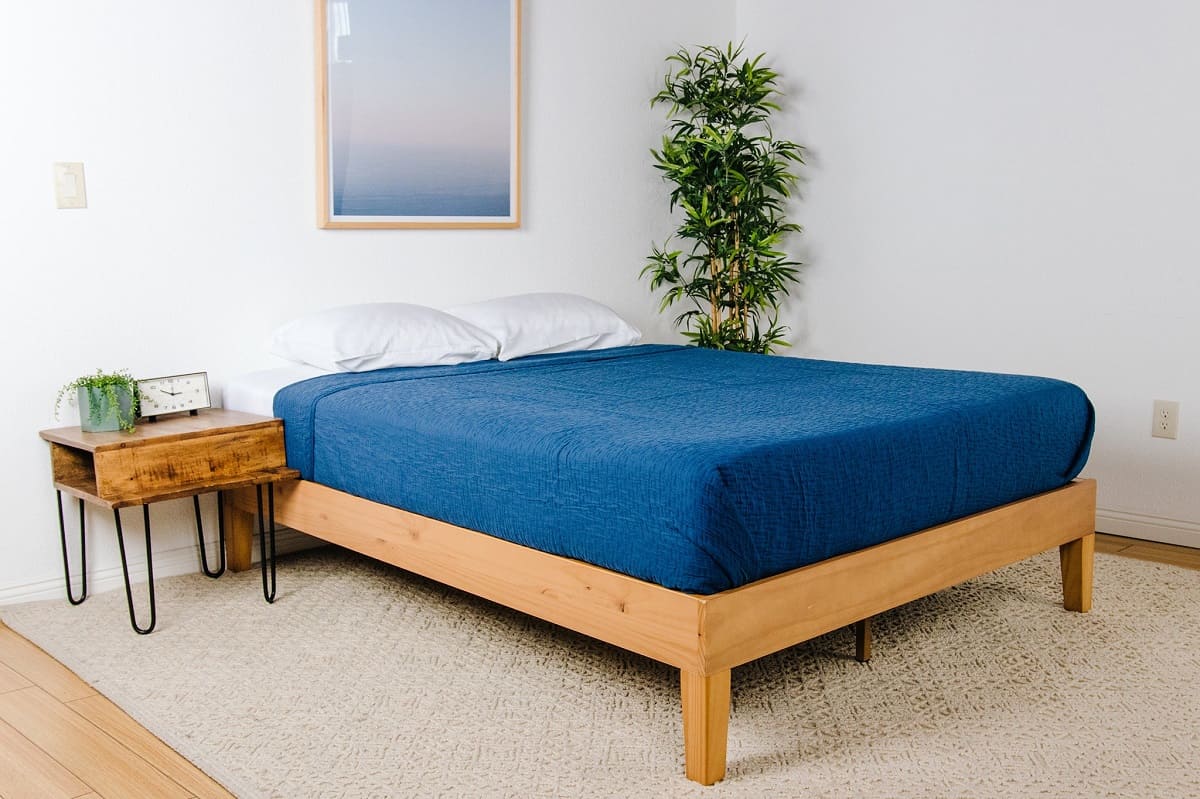Home>Furniture>Bedroom Furniture>How To Prevent A Bed From Sliding On A Wood Floor
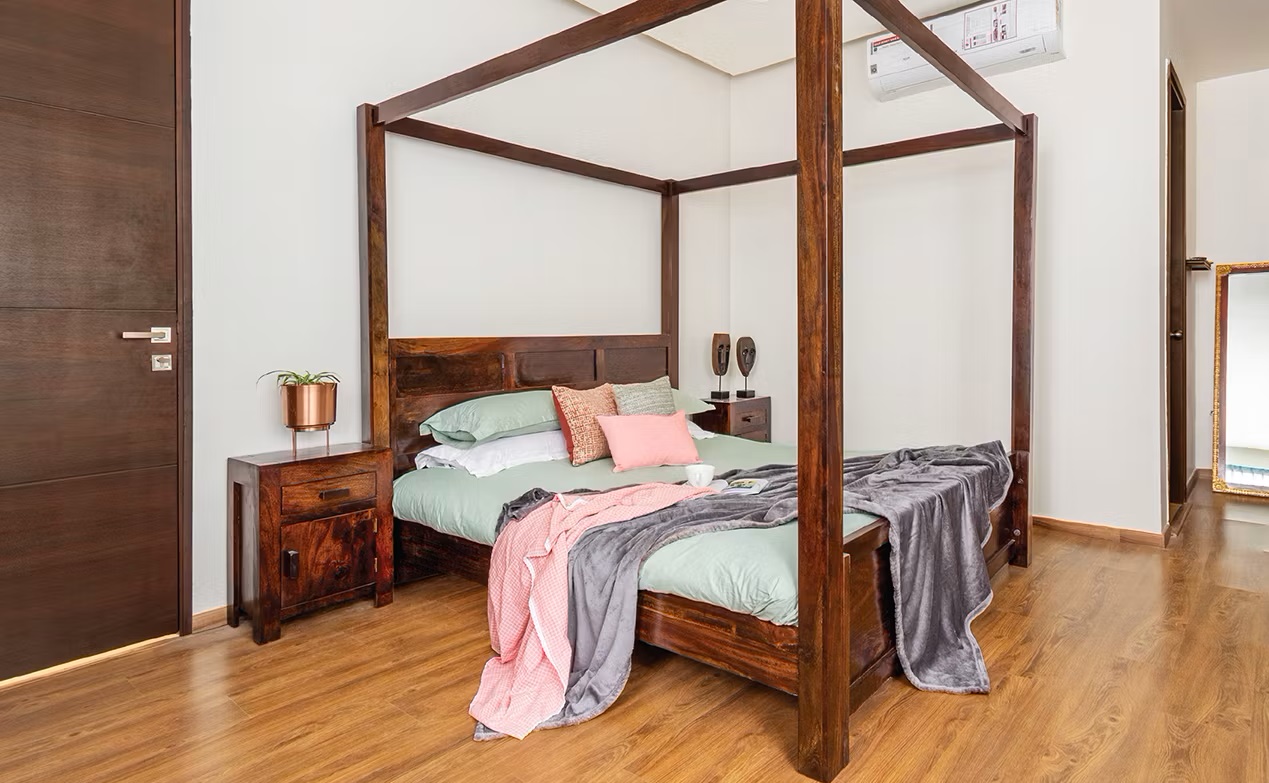

Bedroom Furniture
How To Prevent A Bed From Sliding On A Wood Floor
Published: December 7, 2023
Prevent your bedroom furniture from sliding on a wood floor with these easy tips. Keep your bed secure and in place for a peaceful night's sleep.
(Many of the links in this article redirect to a specific reviewed product. Your purchase of these products through affiliate links helps to generate commission for Storables.com, at no extra cost. Learn more)
Introduction
Having a comfortable and secure bed is essential for a good night’s sleep. However, if you have a bed that constantly slides on a wood floor, it can be frustrating and even dangerous. The constant movement can disturb your sleep and increase the risk of accidents and injuries. Fortunately, there are several effective methods to prevent the bed from sliding on a wood floor.
In this article, we will discuss different ways to keep your bed in place on a wood floor. Whether you have a platform bed, a metal frame, or a bed with wheels, these methods can help you stabilize your bed and enjoy a worry-free night’s sleep.
Before we delve into the methods, let’s take a look at the materials you will need to implement them.
Key Takeaways:
- Say goodbye to the frustration of a sliding bed on a wood floor with simple and affordable solutions like non-slip pads, rubber grippers, Velcro strips, double-sided tape, and furniture cups.
- Enhance the safety and comfort of your sleep experience by implementing reliable methods to prevent your bed from sliding on a wood floor. Enjoy peaceful and undisturbed nights with these effective solutions.
Read more: How To Stop Bed From Sliding On Wood Floor
Materials Required
To prevent your bed from sliding on a wood floor, there are a few key materials you will need. These materials are easy to find and affordable, making them accessible for anyone looking to stabilize their bed.
- Non-slip pads or grippers: These are rubberized mats or pads, specifically designed to provide traction and grip.
- Rubber grippers or stoppers: These are small rubber discs or wedges that can be placed between the bed legs and the floor.
- Velcro strips: These strips consist of a hook side and a loop side, which can be attached to the bed frame and the floor to create a secure connection.
- Double-sided tape: This tape has adhesive on both sides, providing a strong bond between the bed and the floor.
- Furniture cups: These are plastic or rubber cups that can be placed under the bed legs to distribute weight and prevent sliding.
Now that you have a clear idea of the materials required, let’s explore each method in detail.
Method 1: Using Non-Slip Pads
Non-slip pads or grippers are an effective solution to prevent a bed from sliding on a wood floor. These pads are made of rubberized material that provides traction and grip, keeping your bed securely in place. Follow these steps to use non-slip pads:
- Clean the floor: Start by cleaning the area where the bed will be placed. Remove any dust, dirt, or debris that may hinder the effectiveness of the non-slip pads.
- Measure and cut the pads: Measure the dimensions of each bed leg and cut the non-slip pads accordingly. Ideally, each pad should have the same dimensions as the bed leg it will be placed under.
- Attach the pads: Peel off the protective backing from the non-slip pads and firmly press them onto the bottom of each bed leg. Ensure that the entire surface of the pad is in contact with the bed leg.
- Position the bed: Carefully place the bed back onto the wood floor, making sure that each leg sits on its corresponding non-slip pad. Test the stability of the bed by applying pressure and gentle movement.
Non-slip pads provide excellent grip and stability, effectively preventing your bed from sliding on a wood floor. However, it’s important to periodically check and replace the pads if needed, as they can wear down over time.
Now that you know how to use non-slip pads, let’s move on to the next method: using rubber grippers.
Method 2: Using Rubber Grippers
If you don’t have access to non-slip pads or prefer an alternative method, using rubber grippers or stoppers can be an effective way to prevent your bed from sliding on a wood floor. Rubber grippers create friction between the bed legs and the floor, keeping the bed in place. Here’s how you can use rubber grippers:
- Clean the floor: Before starting, ensure that the area where the bed will be placed is clean and free of dust or debris.
- Measure the height of the bed legs: Use a measuring tape to determine the height of each bed leg.
- Select rubber grippers: Choose rubber grippers that are of appropriate size and height to fit under the bed legs. If needed, you can trim them to the desired height.
- Place rubber grippers under the bed legs: Position one rubber gripper under each leg of the bed. It’s recommended to place them closer to the edge of the bed leg for maximum stability.
- Adjust the grippers: Ensure that the rubber grippers are evenly placed under each leg and aligned properly. This will help distribute the weight of the bed evenly and prevent any wobbling.
- Test the stability: Gently apply pressure and try to move the bed to check its stability. If the bed still slides, you may need to readjust the rubber grippers or try additional methods.
Rubber grippers provide a strong grip and can withstand the weight of the bed, keeping it from sliding on the wood floor. However, it’s important to periodically check the grippers for wear and tear, and replace them if necessary, to maintain their effectiveness.
Now that you’re familiar with using rubber grippers, let’s proceed to method 3: using Velcro strips.
Place rubber or non-slip pads under the legs of the bed to prevent it from sliding on a wood floor. This will provide traction and stability.
Method 3: Using Velcro Strips
Using Velcro strips is another effective method to prevent a bed from sliding on a wood floor. Velcro provides a strong and secure connection between the bed frame and the floor, ensuring stability. Here’s how you can use Velcro strips to keep your bed in place:
- Clean the surface: Before applying Velcro strips, make sure to clean the surface of both the bed frame and the floor. Remove any dust or debris that may hinder the adhesive’s effectiveness.
- Cut the Velcro strips: Measure the length of each bed leg and cut Velcro strips accordingly. You’ll need two pieces of Velcro for each leg – one with the hook side and one with the loop side.
- Attach Velcro to the bed frame: Peel off the protective backing from the hook side of the Velcro strip and firmly press it onto the bed frame, near the bottom of each leg. Make sure it is securely fastened.
- Attach Velcro to the floor: Peel off the protective backing from the loop side of the Velcro strip and attach it to the floor, aligned with the hook side on the bed frame. Press it firmly to ensure a strong bond.
- Align the bed legs with Velcro strips: Carefully position the bed over the Velcro strips on the floor, ensuring that each leg aligns with its corresponding Velcro strip.
- Press down firmly: Apply pressure to each bed leg, pressing it down onto the Velcro strips to create a secure connection.
- Test the stability: Gently push and pull the bed to check its stability. The Velcro strips should provide enough grip to prevent any sliding or movement.
Using Velcro strips is an efficient and customizable method to keep your bed in place on a wood floor. The adhesive nature of Velcro allows for easy installation and adjustments as needed.
Now that you’re familiar with using Velcro strips, let’s move on to method 4: using double-sided tape.
Method 4: Using Double-Sided Tape
Double-sided tape is a simple and effective method to prevent a bed from sliding on a wood floor. The adhesive properties of the tape create a strong bond between the bed and the floor, ensuring stability. Here’s how you can use double-sided tape:
- Clean the surface: Start by cleaning the areas where the bed legs will come into contact with the floor. Wipe away any dust, debris, or moisture that may hinder the adhesive’s effectiveness.
- Measure and cut the tape: Measure the length of each bed leg and cut double-sided tape to match the dimensions. It’s recommended to use a tape that is wide enough to cover the entire surface of the bed leg.
- Apply the tape to the bed legs: Peel off the protective backing from one side of the tape and press it firmly onto the bottom of each bed leg. Ensure that the adhesive side is facing downwards.
- Position the bed: Carefully place the bed back onto the wood floor, making sure each bed leg aligns with its corresponding piece of double-sided tape.
- Press down firmly: Apply pressure to each bed leg, pressing it down onto the double-sided tape to create a strong bond.
- Test the stability: Gently push and pull the bed to check its stability. The double-sided tape should provide enough grip to prevent any sliding or movement.
Double-sided tape is a cost-effective solution to keep your bed in place on a wood floor. It’s important to note that the tape may leave a residue on the floor and bed legs when removed, so it’s recommended to test the tape on a small, inconspicuous area before applying it to the entire bed.
Now that you’re familiar with using double-sided tape, let’s move on to our final method: using furniture cups.
Method 5: Using Furniture Cups
Furniture cups are an effective method to prevent a bed from sliding on a wood floor. These cups create a barrier between the bed legs and the floor, distributing the weight and preventing movement. Here’s how you can use furniture cups:
- Clean the floor: Ensure that the area where the bed will be placed is clean and free of any dust or debris.
- Measure the bed legs: Use a measuring tape to determine the diameter or width of each leg.
- Select the right furniture cups: Choose furniture cups that are suitable for the size and weight of your bed legs. There are various options available, including plastic and rubber cups.
- Position the furniture cups: Place one furniture cup under each bed leg, making sure it is centered and aligned properly.
- Test the stability: Gently push and pull the bed to check its stability. The furniture cups should provide enough grip to prevent any sliding or movement.
Furniture cups are a simple and affordable solution to keep your bed in place on a wood floor. They not only prevent sliding but also help protect the floor from scratches caused by the bed legs.
Now that you’re familiar with different methods to prevent a bed from sliding on a wood floor, you can choose the one that best suits your needs. Remember to periodically check the stability of your bed and make any necessary adjustments to ensure a secure and comfortable sleeping environment.
We hope these methods have been helpful in solving your sliding bed issue. Enjoy your restful nights!
Conclusion
Dealing with a bed that slides on a wood floor can be frustrating and disruptive to your sleep. However, with the methods discussed in this article, you can effectively prevent your bed from sliding and enjoy a secure and comfortable sleeping environment.
From using non-slip pads and rubber grippers to Velcro strips, double-sided tape, and furniture cups, there are several options available to suit your preferences and needs. Each method provides a reliable solution to ensure the stability of your bed.
Remember to prepare the necessary materials and follow the step-by-step instructions for each method. Additionally, periodically check the stability of your bed and make any necessary adjustments to maintain its positioning.
By implementing these methods, not only will you prevent your bed from sliding on a wood floor, but you will also enhance the safety and comfort of your sleep experience. No more waking up to find your bed out of place!
Now that you have the knowledge and tools, it’s time to put these methods into action. Say goodbye to the frustration of a sliding bed and enjoy a peaceful and undisturbed sleep night after night.
We hope this article has been helpful in providing you with the solutions to stabilize your bed on a wood floor. Sleep tight!
Frequently Asked Questions about How To Prevent A Bed From Sliding On A Wood Floor
Was this page helpful?
At Storables.com, we guarantee accurate and reliable information. Our content, validated by Expert Board Contributors, is crafted following stringent Editorial Policies. We're committed to providing you with well-researched, expert-backed insights for all your informational needs.
